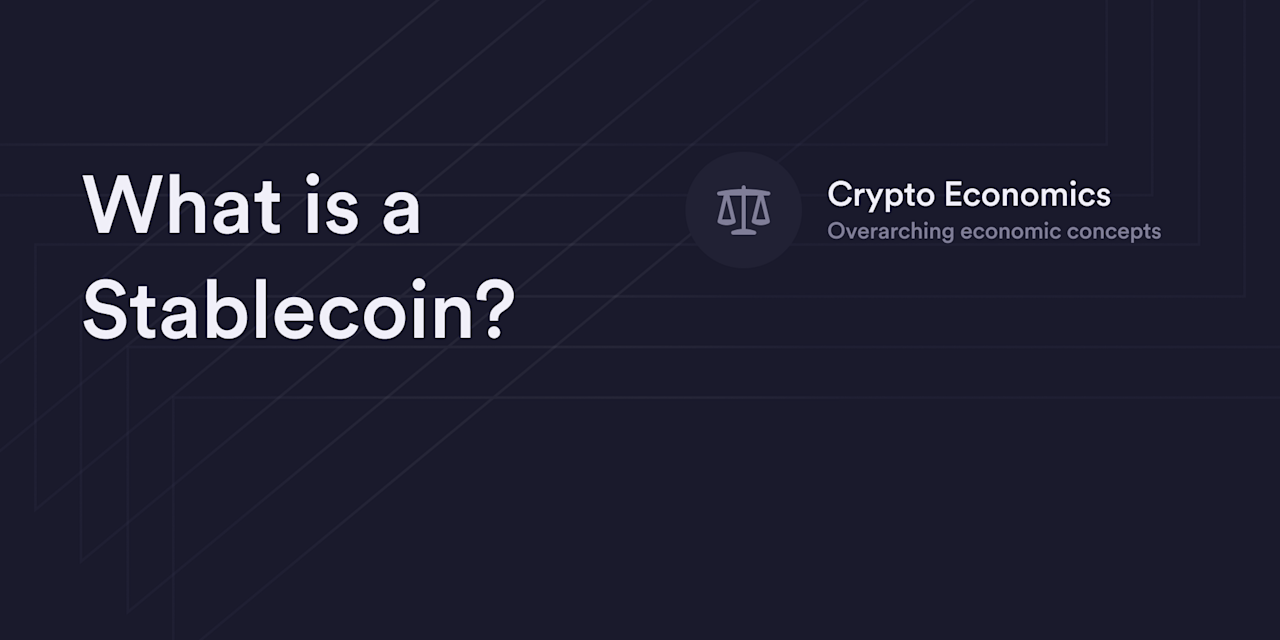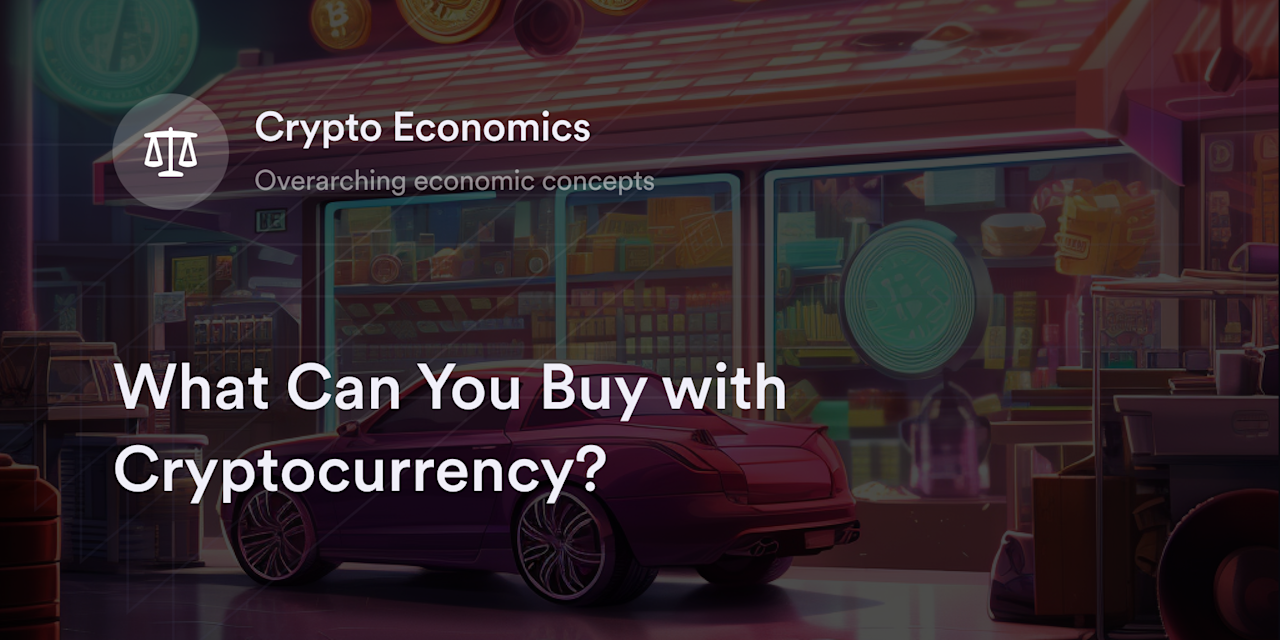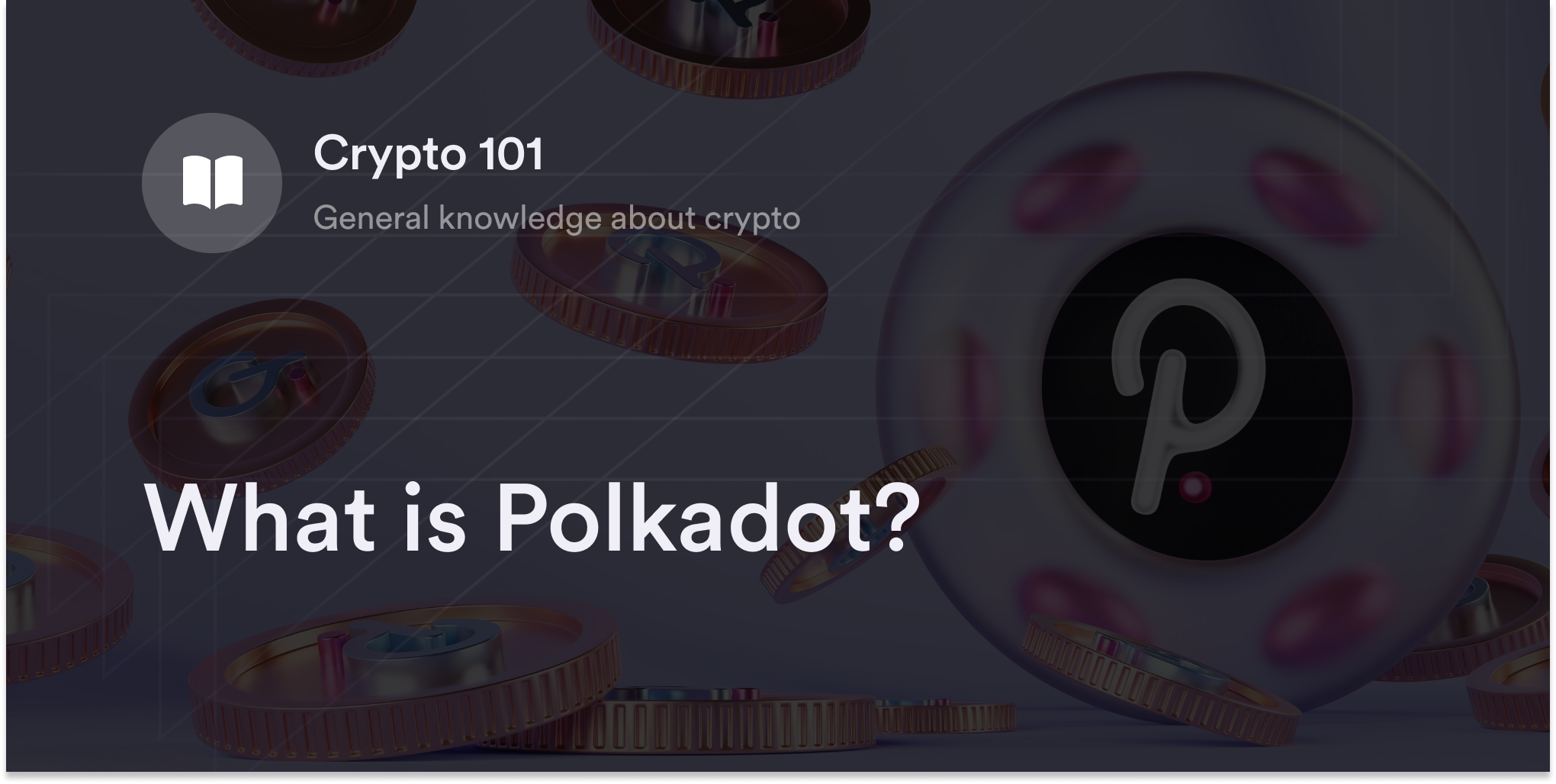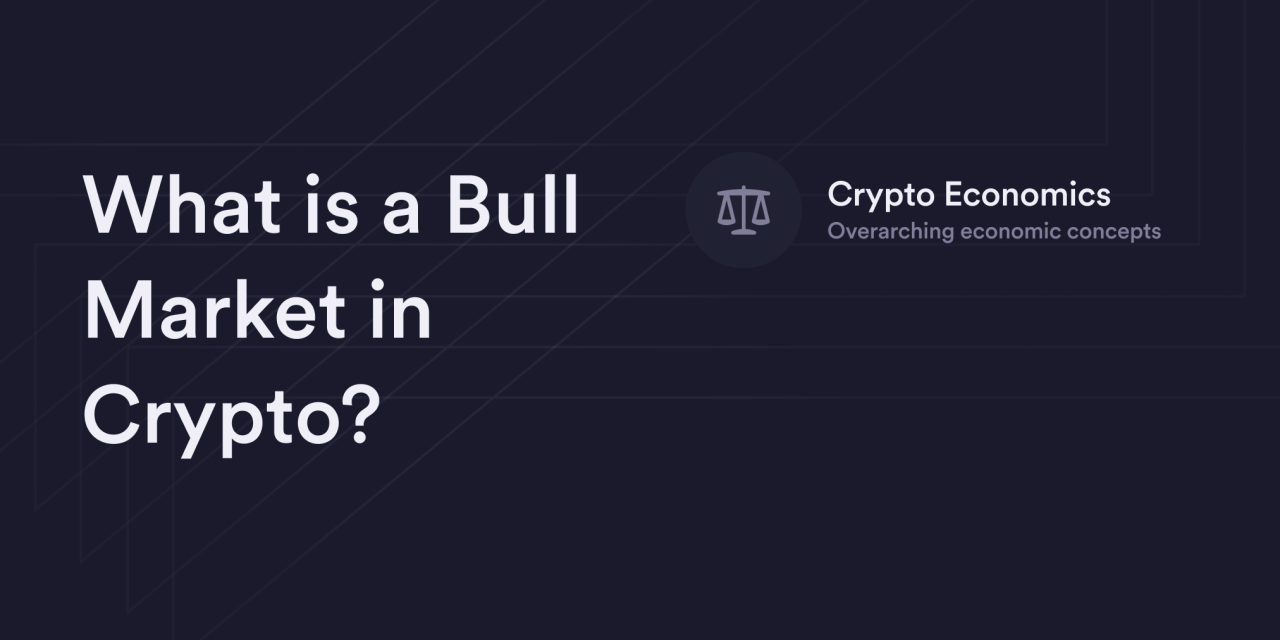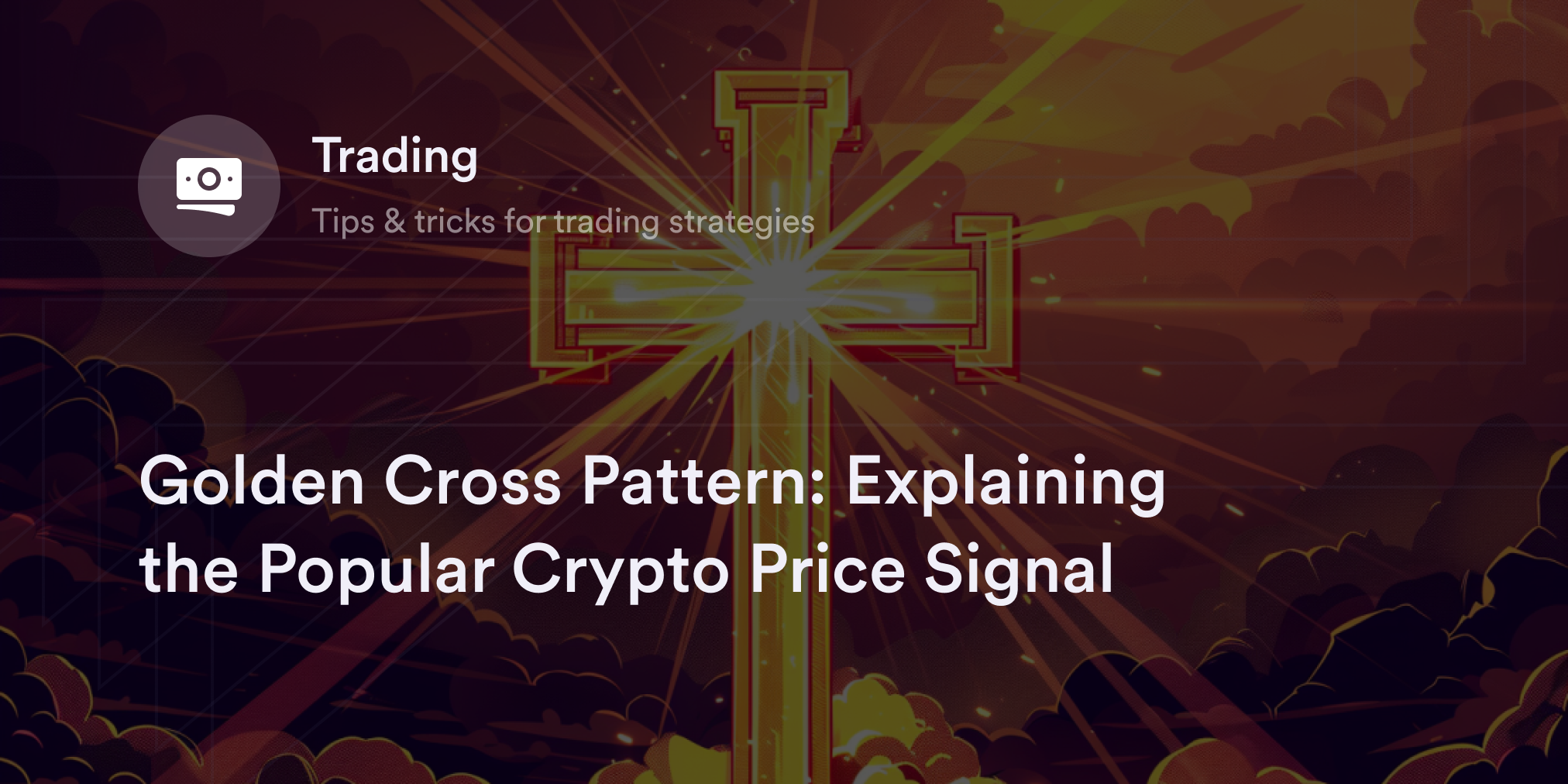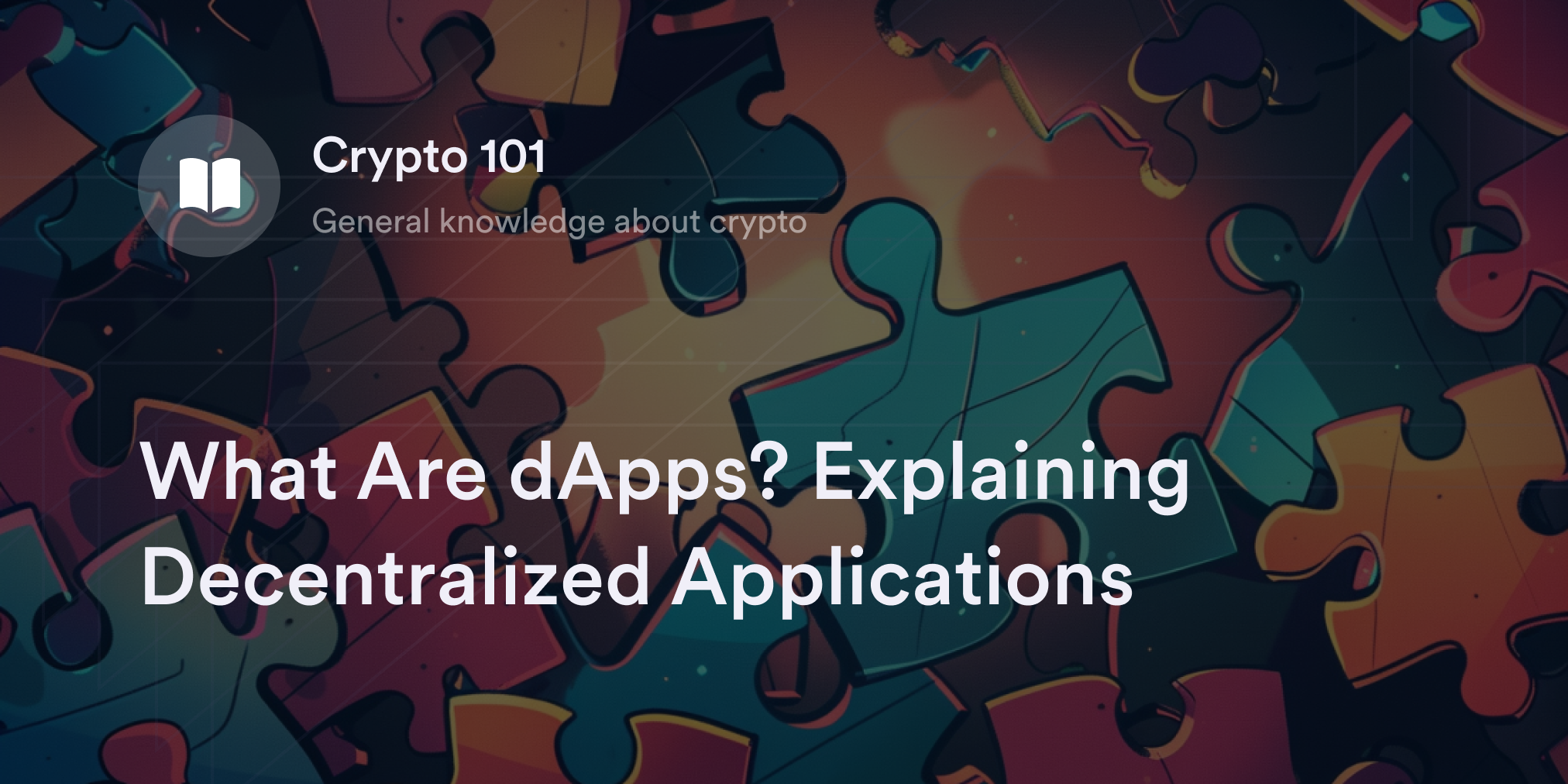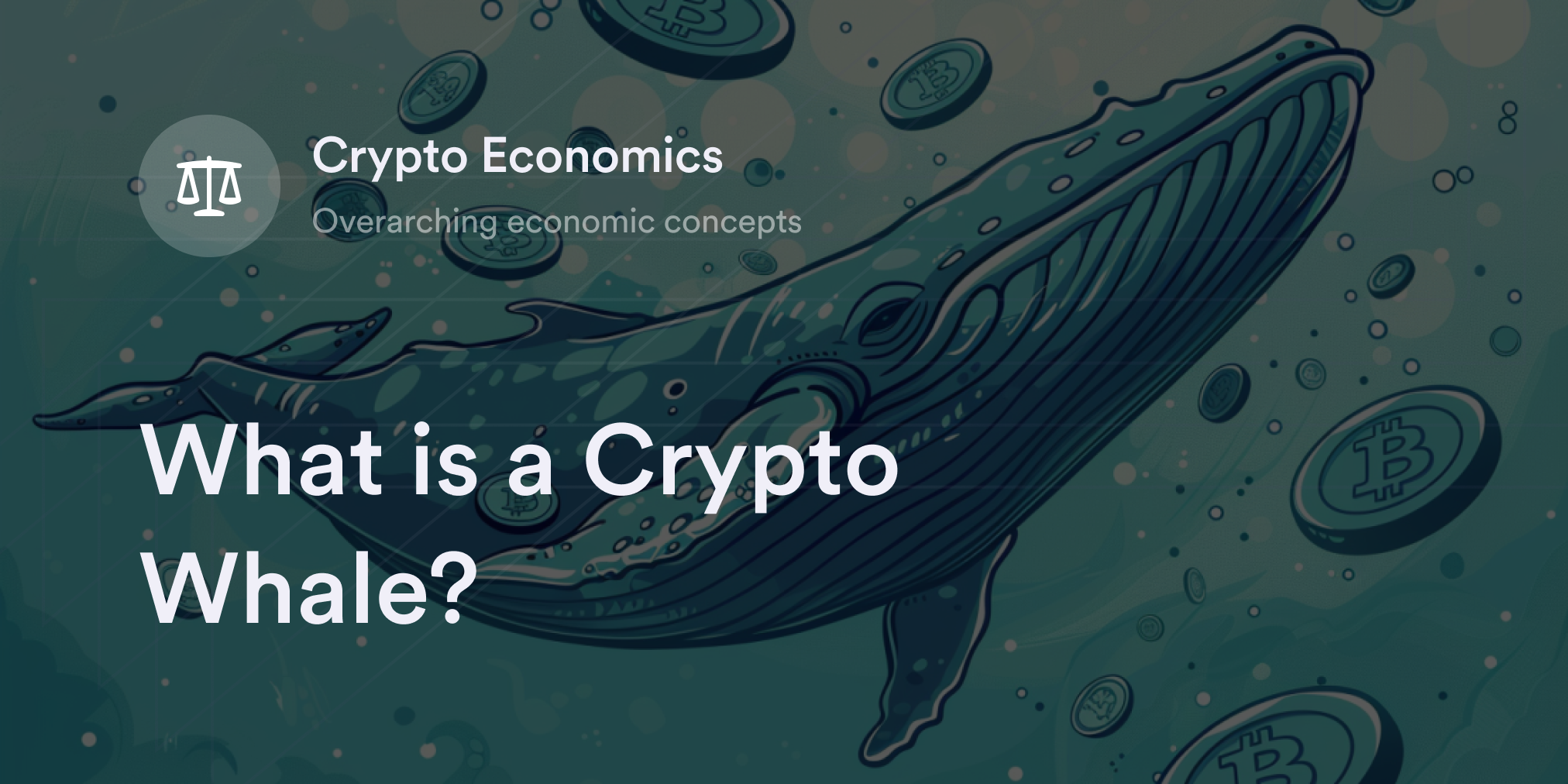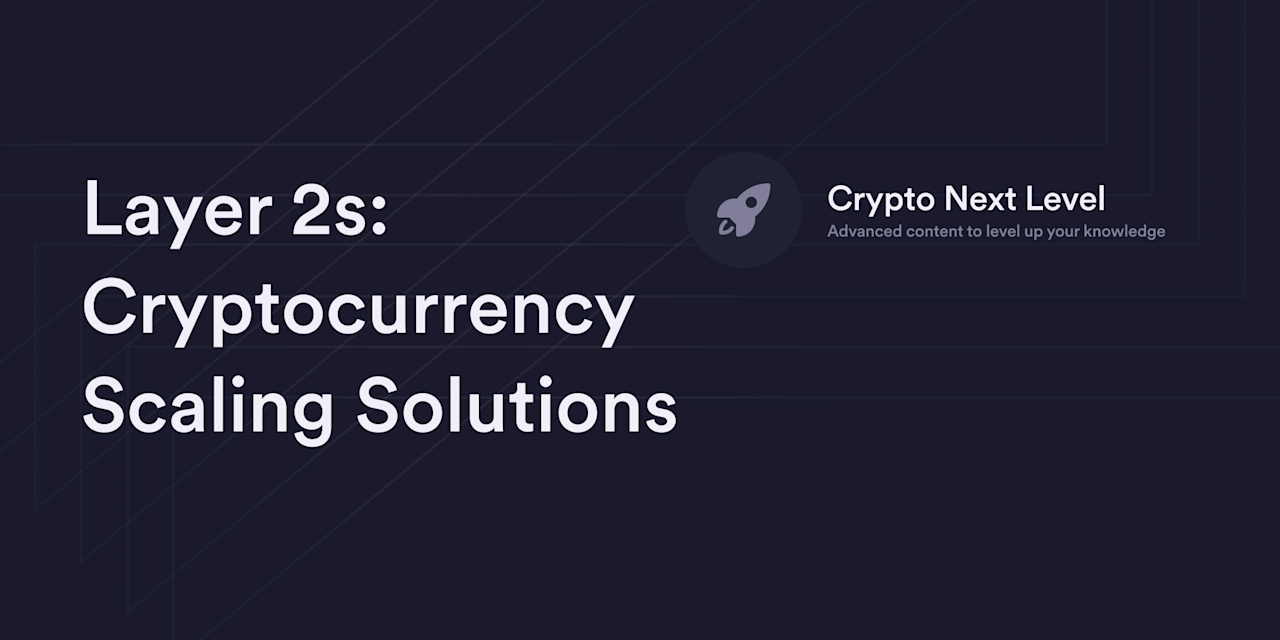
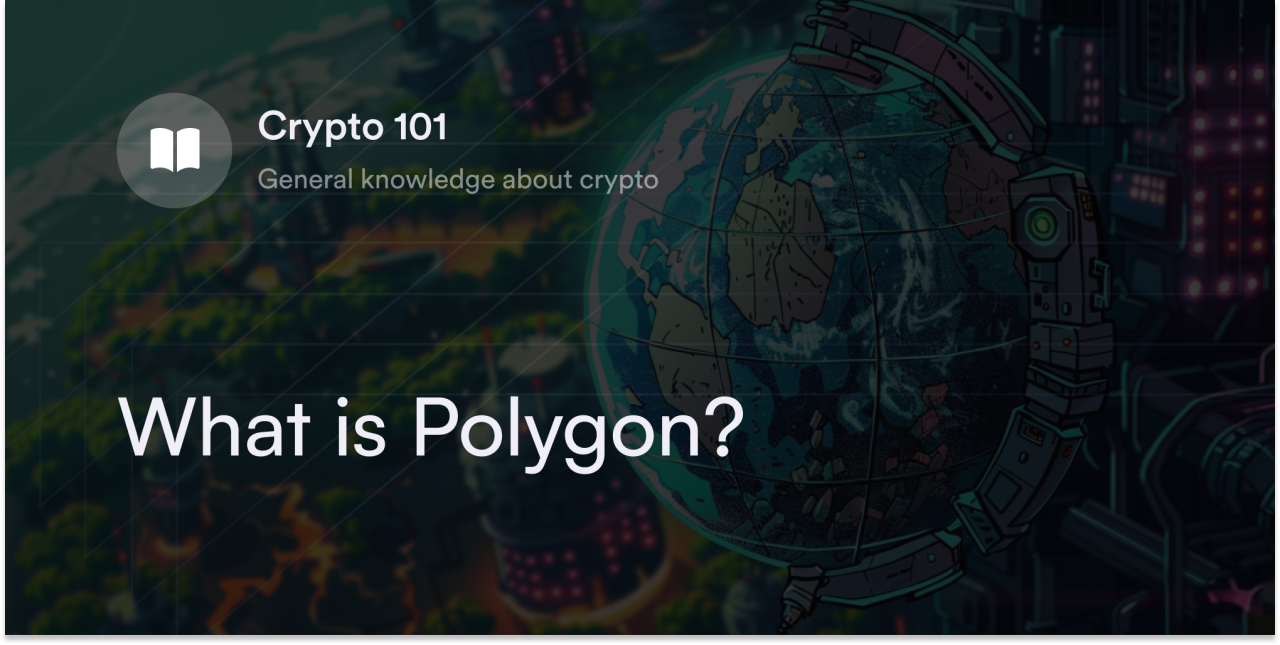

If you’ve heard of the Polygon Network, you probably know about the blockchain’s illustrious clients. From the Walt Disney Company and Facebook's Meta to Starbucks and Reddit, dozens of the world's largest corporations use Polygon to develop innovative and interactive Web3 experiences.
On top of these massive partnerships, the Polygon Network boasts more than 219 million active users, 20,000 decentralized applications (dApps), and around 2.5 billion transactions (at the time of writing), making it an undisputed crypto market leader.
So what's driving the rapid adoption of Polygon’s platform? Let’s examine what Polygon is in crypto, how it works, and why so many people are excited about Polygon's potential.
What is Polygon in Crypto?
The Polygon Network is a Web3 software platform focused on making interaction with the Ethereum (ETH) blockchain easier. Officially, Polygon is called a "layer-2 scaling solution" because all its Web3 tools are built on top of Ethereum's "layer-1" blockchain and support Ethereum's scalability initiatives. In other words, Polygon's applications make it simpler for people to use Ethereum by offering lower transaction fees and faster confirmation speeds.
Polygon began in 2017 when three developers—Jaynti Kanani, Sandeep Nailwal, and Anurag Arjun—launched a company called the Matic Network in Mumbai, India. At the time, Kanani noticed inefficiencies on Ethereum's mainnet, especially after the blockchain game CryptoKitties launched. Created by the Canadian studio Dapper Labs, CryptoKitties lets users collect and breed unique cryptocurrencies called non-fungible tokens (NFTs) representing animated cat avatars. The demand for these cute crypto cats was so intense that it drove up Ethereum's base transaction fees (aka gas fees) and slowed average payment confirmations. After researching the CryptoKitties congestion controversy, Kanani, Nailwal, and Arjun began developing decentralized software solutions to process crypto payments off Ethereum's main chain.
The Matic Network released its MATIC tokens on crypto exchange Binance in 2019, and it officially debuted its Ethereum scalability services one year later. In 2021, Matic changed its name to the "Polygon Network" and grew from a market cap of $100 million in January to a peak of $19.5 billion in December. Today, software development company Polygon Labs is responsible for building Polygon's online infrastructure.
How Does Polygon's Technology Work?
Initially, the Polygon Network focused on using plasma chains to improve Ethereum's scalability. Sometimes called "child chains," plasma chains are separate decentralized networks (aka blockchains) that communicate transaction data with a linked "parent chain" using smart contracts. For context, smart contracts are autonomous coded programs executing complex tasks according to pre-coded instructions. Since plasma chains handle transaction data off the parent chain—in this case, Ethereum—they relieve pressure from the main chain and typically offer faster and cheaper crypto transactions.
Although these child chains remain a viable scalability strategy for Ethereum, Polygon offers many other software solutions. Shortly after Polygon's 2020 launch, it also released a standalone Ethereum-compatible "sidechain." While sidechains are similar to plasma chains, they aren't as closely connected to the parent chain. Instead of directly communicating every transaction to Ethereum, the Polygon sidechain takes snapshots of transactions at regular intervals and sends this data in batches for final confirmation on Ethereum via smart contracts. Sidechains also have "consensus algorithms" independent from the main blockchain to verify their internal crypto transactions. For instance, Polygon's sidechain uses a proof-of-stake (PoS) consensus mechanism, meaning computers (aka nodes) on the blockchain must lock Polygon's MATIC tokens to secure the network, confirm transfers, and receive crypto rewards. The relative independence of Polygon's sidechain makes it more flexible for developers, but it sacrifices the superior security of plasma chains.
In 2023, the Polygon Network introduced another groundbreaking scalability solution called "Polygon zkEVM." The acronym "zk" stands for "zero-knowledge proofs," which are advanced cryptographic procedures used to securely verify batches of crypto transfers off-chain and send them to the main chain. Next, EVM means Ethereum Virtual Machine––the decentralized software infrastructure that makes the Ethereum blockchain possible. The Polygon zkEVM combines the security and speed of ZK technology with Ethereum's network, creating a synthetic version of Ethereum with lower fees and higher transaction throughput. With the Polygon zkEVM, Ethereum developers can seamlessly create or port the code for their dApps directly on Polygon to boost their users' engagement and experience.
What is MATIC?
MATIC is the native cryptocurrency in the Polygon Network used to pay transactions, reward validators, and secure the PoS sidechain via staking. People who hold MATIC tokens can run a validator node on the Polygon sidechain by locking their MATIC tokens on the blockchain and collecting rewards. Those who don't want to be a validator often "delegate" their MATIC to a staking pool to earn a percentage of rewards on Polygon's official Staking Portal. In the future, Polygon also plans to let MATIC holders submit Polygon Improvement Proposals (PIPs) for review on Polygon's DAO and vote with their tokens for future upgrades.
Since Polygon is one of the most widely used crypto projects, the MATIC token is available on most popular cryptocurrency exchanges, including Gemini and Coinbase. To find which markets currently offer MATIC trading pairs, visit a crypto price aggregator website such as CoinMarketCap or CoinGecko, search for "MATIC," and click the "Markets" tab to see a list of exchanges with this cryptocurrency.
Note: Most MATIC sold on CEXs are Ethereum-compatible tokens with a coding standard called "ERC-20." The ERC-20 version of MATIC works within the Ethereum ecosystem and is primarily used to stake digital assets, but it doesn't work for paying transaction fees on Polygon-based dApps. People who have ERC-20 MATIC and want to use financial services on Polygon must transfer their cryptocurrency to an EVM-compatible wallet like MetaMask, which handles conversions between the two networks.
Polygon Versus Ethereum
Unlike "Ethereum killer" blockchains like Solana, Cardano, and Avalanche, Polygon is currently inextricably linked to Ethereum's success. Although the Polygon PoS sidechain is technically a separate blockchain, all of Polygon's applications focus on making Ethereum more convenient and efficient. Therefore, the Polygon Network wants to see Ethereum do well rather than try to lure users and developers to a competing layer-1 blockchain.
Despite the interconnectedness of Polygon and Ethereum, there are critical distinctions between these crypto projects. For instance, the Polygon Network offers faster and cheaper transaction speeds than the main Ethereum blockchain. On average, Polygon users pay roughly $0.018 per transfer, and the blockchain handles more than 7,000 transactions per second (TPS). In contrast, Ethereum has a confirmation speed of 15 TPS and higher variable gas fees depending on network congestion.
Although Polygon offers many positive features from a user perspective, it’s at the expense of decentralization and security. Despite Polygon's growth in the cryptocurrency market, it's still roughly 30 times smaller than Ethereum in terms of market capitalization with fewer network participants. Currently, Polygon has a cap of 100 blockchain validators, whereas Ethereum has more than 500,000 validators on its blockchain. Also, in 2022, reports suggested five people had access to the funds in Polygon's multi-signature (multisig) crypto wallet. These wallets have multiple passwords called private keys, which users need to input whenever they want to transfer digital funds. The idea behind multisig wallets is to decrease theft risk––since a hacker needs more than one password to transfer crypto funds. However, when a crypto project's leaders and founders hold these private keys, there are fears they'll run off with users' funds in a well-known crypto scam called a "rug pull."
To address fears over security and network decentralization, the Polygon Network plans to move away from storing virtual funds in Multisig crypto wallets. It also introduced a governance structure called a decentralized autonomous organization (DAO) to give community members a say in the decision-making process. As Polygon grows, developers plan to gradually divert from the project to achieve greater decentralization.
What are Polygon’s Use Cases?
Like Ethereum, the potential Web3 applications on Polygon are varied. Although thousands of dApps already exist in Polygon's ecosystem, some of the following categories tend to attract the most user activity:
Decentralized finance (DeFi): dApps in the DeFi sector offer cryptocurrency financial services such as trading, staking, and borrowing without centralized intermediaries. Since Polygon is EVM-compatible, it's easy for DeFi dApps already on Ethereum to offer faster and cheaper services with Polygon integrations. A few popular Ethereum DeFi sites now on Polygon include Uniswap, Sushi, and Aave.
NFT trading: NFTs are cryptocurrencies with non-duplicable blockchain addresses often compared to "virtual collectibles." Dozens of major NFT markets—including OpenSea, Magic Eden, and Rarible—now offer Polygon NFT trading, and companies like Reddit and Starbucks work with Polygon to offer exclusive NFTs to their community members.
Blockchain games: Decentralized games are a new field combining traditional online gaming with blockchain technology. Besides providing gamers a new way to enjoy their hobby, blockchain-based games often have special incentives such as in-game crypto rewards and collectible NFTs. Examples of blockchain games in Polygon's ecosystem include The Sandbox and Benji Bananas.
Swap Low-Fee MATIC Perpetuals on dYdX
dYdX offers eligible traders dozens of cryptocurrency perpetual contracts for hot altcoins like MATIC on our low-fee decentralized exchange. After eligible traders link their preferred crypto wallet, they enjoy deep market liquidity, dozens of advanced trading features, and up to 20x leverage on crypto derivative products. To find out more about our product and how eligible traders can trade crypto perps on dYdX, check out our blog. Check out our Academy’s wealth of easy-to-read guides to help you understand digital assets. Then, eligible traders can start trading on dYdX today!
Disclaimer
The content of this article (the “Article”) is provided for general informational purposes only. Reference to any specific strategy, technique, product, service, or entity does not constitute an endorsement or recommendation by dYdX Trading Inc., or any affiliate, agent, or representative thereof (“dYdX”). Use of strategies, techniques, products or services referenced in this Article may involve material risks, including the risk of financial losses arising from the volatility, operational loss, or nonconsensual liquidation of digital assets. The content of this Article does not constitute, and should not be considered, construed, or relied upon as, financial advice, legal advice, tax advice, investment advice, or advice of any other nature; and the content of this Article is not an offer, solicitation or call to action to make any investment, or purchase any crypto asset, of any kind. dYdX makes no representation, assurance or guarantee as to the accuracy, completeness, timeliness, suitability, or validity of any information in this Article or any third-party website that may be linked to it. You are solely responsible for conducting independent research, performing due diligence, and/or seeking advice from a professional advisor prior to taking any financial, tax, legal, or investment action.
You may only use the dYdX Services in compliance with the dYdX Terms of Use available here, including the geographic restrictions therein.
Any applicable sponsorship in connection with this Article will be disclosed, and any reference to a sponsor in this Article is for disclosure purposes, or informational in nature, and in any event is not a call to action to make an investment, acquire a service or product, or purchase crypto assets. This Article does not offer the purchase or sale of any financial instruments or related services.
By accessing this Article and taking any action in connection with the information contained in this Article, you agree that dYdX is not responsible, directly or indirectly, for any errors, omissions, or delays related to this Article, or any damage, injury, or loss incurred in connection with use of or reliance on the content of this Article, including any specific strategy, technique, product, service, or entity that may be referenced in the Article.
